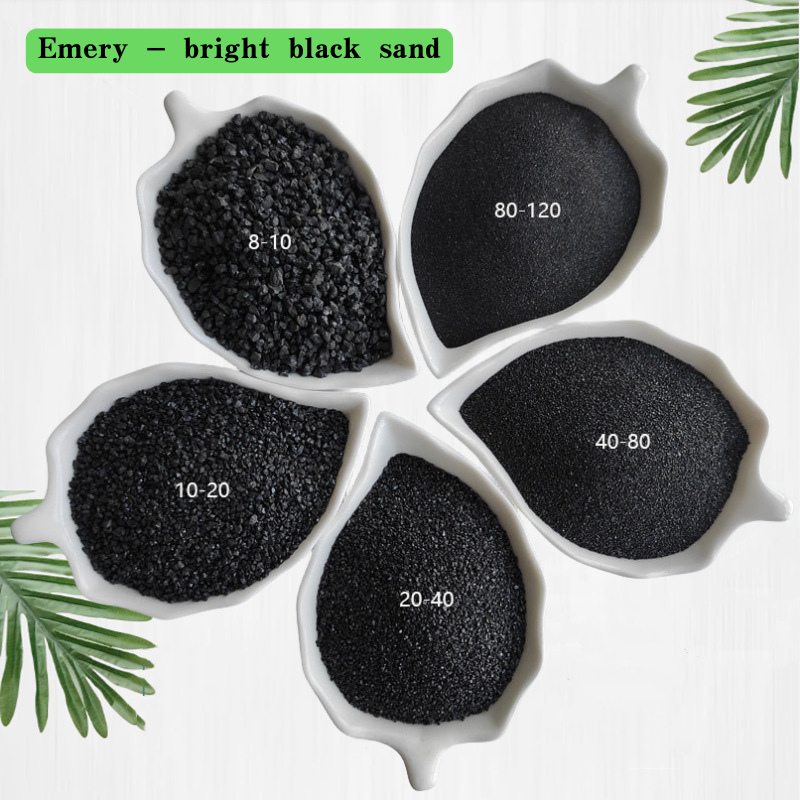
custom vermiculite versus perlite
Custom Vermiculite vs. Perlite A Comprehensive Comparison
When it comes to improving soil quality and enhancing plant growth, both vermiculite and perlite are popular choices among gardeners and horticulturists. While they may appear similar, these two materials serve different purposes and offer unique benefits. Understanding their characteristics can help you make an informed choice for your gardening needs.
Composition and Structure
Vermiculite is a mineral derived from mica that is expanded through heating. It has a distinctive accordion-like structure, which allows it to retain moisture and nutrients effectively. This high water-holding capacity makes vermiculite an excellent choice for plants that require consistent moisture.
Perlite, on the other hand, is a form of volcanic glass that is heated to create small, lightweight, white pellets. Its porous nature provides excellent drainage and aeration in the soil. This characteristic makes perlite especially beneficial for plants that prefer drier conditions or are prone to rot.
Water Retention and Aeration
One of the key differences between custom vermiculite and perlite lies in their water retention capabilities. Vermiculite can hold three to four times its weight in water, making it ideal for seedlings and plants that thrive in moist environments. This retention helps to prevent the soil from drying out too quickly, ensuring that young plants receive the hydration they need to establish strong root systems.
custom vermiculite versus perlite

In contrast, perlite is primarily used to improve drainage and aeration in soil mixes. While it does retain some moisture, its main role is to prevent compaction and promote airflow to the roots. This is crucial for preventing root rot and ensuring that plants receive adequate oxygen, which is especially important for succulent varieties and other drought-tolerant plants.
Nutrient Availability
Vermiculite has a cation exchange capacity, which means it can hold onto nutrients and deliver them to plant roots as needed. This feature makes vermiculite an excellent choice for potting mixes that require an extra boost in nutrient availability. When using vermiculite, gardeners can often reduce the need for frequent fertilization.
Perlite, however, does not have significant nutrient-holding capabilities. It is primarily used as a neutral growing medium. When utilizing perlite, gardeners may need to rely more on fertilizers to ensure plants receive adequate nutrients, particularly if they are growing in a soilless mix.
Conclusion
In conclusion, both custom vermiculite and perlite have their unique advantages and applications in gardening. Vermiculite is best suited for moisture-loving plants and nutrient retention, while perlite excels in providing aeration and drainage. Depending on your specific gardening goals and the types of plants you are cultivating, you may choose one over the other, or even combine both to create a balanced growing medium. Ultimately, understanding the distinct properties of these materials will help you create the ideal environment for your plants to thrive.
Share
-
Premium Talcum Powder Enhanced with GPT-4 Turbo | Soft & Long-LastingNewsAug.02,2025
-
Fly Ash Solutions Enhanced by GPT-4 Turbo | Sustainable InnovationNewsAug.01,2025
-
Natural Premium Bentonite Cat Litter - Superior ClumpingNewsJul.31,2025
-
Premium Resin Coated Sand - High Heat Resistance CastingNewsJul.31,2025
-
High Quality Silicon Carbide Grit for Abrasive ApplicationsNewsJul.30,2025
-
High-Quality Ceramsite for Plants & Gardening | Lightweight PebblesNewsJul.29,2025






